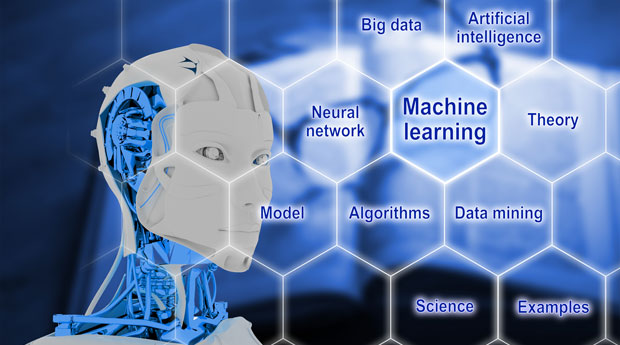At OpenWorld, Oracle jumped into the artificial intelligence and machine learning space for its customer experience products (aka customer relationship management) and other applications (like human capital management) with an interesting difference — a huge data store to help educate the algorithms that work for you. We’re waiting for products to be delivered this year.
Machine learning depends on data about prior situations that the learning algorithms can use to get smart about a situation. Ten examples are good, 100 are better. Generally, the more samples there are the more refined a recommendation can be. That’s why machine learning never really ends.
As with a great player or team, the learning and practice never stop, and neither does the improvement. However, it’s worth understanding that improvement beyond a point of basic competency will slow down, regardless of what you’re modeling.
When you’re a kid, you can make great strides in almost any sport, but as you progress those strides become smaller, and they’re harder won. Consider the way Olympic swimmers or track and field athletes try to shave fractions of seconds from world records. Often the difference between gold and silver can be an arcane difference in technique.
Quality In, Quality Out
In business and machine learning, algorithms don’t stop learning for a very good reason: Every new bit of data that suggests some fractional difference could be the harbinger of an evolving trend, and the only way to stay abreast of that evolution is to stay current with the data.
It’s quickly apparent that data is critical to the success of machine learning, and that’s a big deal, because few organizations possess all of the data they ideally would need to feed the algorithms that drive decisions.
Moreover, data quality is a major issue, and while a business might hold a great deal of customer data, quality issues — duplications, misspellings, ambiguous designations and incompletions — for years have been the bane of data scientists and analytics users wanting to get information from their data.
Data quality is one thing that will distinguish Oracle’s Adaptive Intelligent Applications. Scheduled for delivery soon, Adaptive Intelligent Applications will work with customer data as well as Oracle’s Data Cloud, a collection of more than 5 billion consumer and business profiles, with more than 45,000 attributes. The combination of a business’ specific customer data combined with this third-party data will yield important insights that are unique to a business and its customers.
Gut Instinct vs. Slow Thought
Businesses always have sought out fine differentiators like these solutions can provide to separate them from their rivals. Depending on the stage of market evolution, that could mean product differentiation, value-added services, product line extension — almost anything. The problem with all of these approaches is that they’re superficial.
It’s all vendor-, brand- or product-centric, because that’s all that a business could control prior to the development of very powerful computing, along with modern analytics and machine learning. If you wanted to peer into the mind of your customers, you had to rely on gut feeling — usually that of an executive who’d been involved in the industry for a long time.
The trouble with gut instinct is that it’s often wrong. The research that led to a Nobel Economics Prize for Daniel Kahneman — see Michael Lewis’ new book, The Undoing Project — shows that the rules of thumb or heuristics that we use in everyday fast decision-making are often wrong or reveal a bias.
Interestingly, since machine learning is definitely not human, it can avoid heuristics and biases, and work the way we work when we concentrate and work slowly, perhaps using pencil and paper. The point of machine learning is to have the benefits of thinking slowly and with a pencil — but without having to do the work. In the process, machine learning is able to reach more users, and prevent more incorrect assumptions from coloring business decisions.
To be clear, this does not amount to a one-size-fits-all approach to analytics. The Adaptive Intelligent Applications that Oracle has built also come with supervisory controls that enable users to fine-tune their analyses to the specifics of a business’ needs.
So the power of Oracle’s Adaptive Intelligent Applications will come not only from its well-crafted algorithms, but also from its Data Cloud. The fact that it might prevent users from using an estimate or rule of thumb might turn out to be just as valuable.
























































